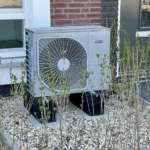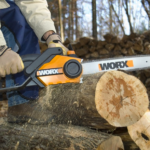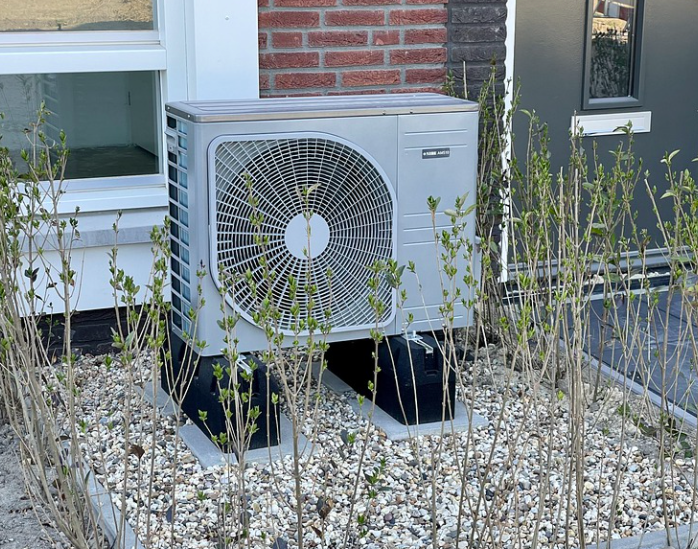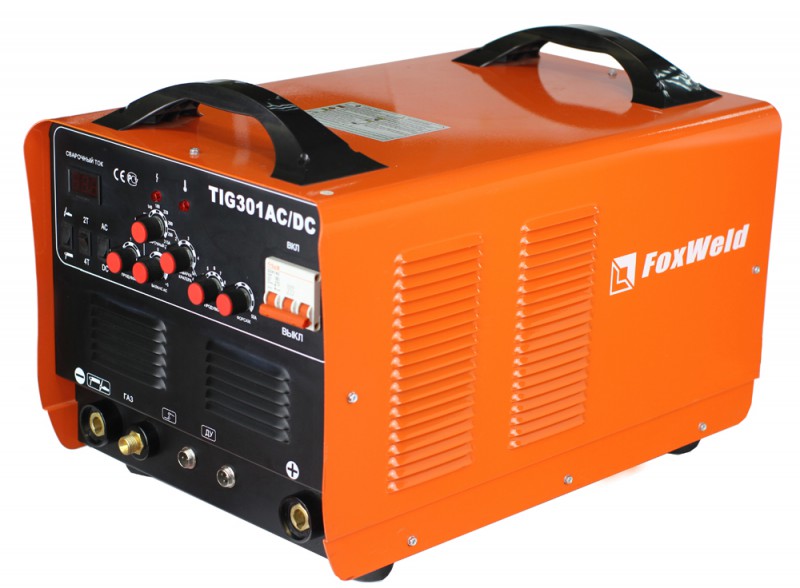Do-it-yourself plasma cutter from an inverter: a joke or a real opportunity to save money?
Do-it-yourself plasma cutter from an inverter is not a joke and in fact you can convert an old unnecessary inverter into a new device. On the one hand, it seems impossible to make a diametrically opposite device from an inverter. After all, the inverter is used to weld metal, and the plasma cutter is used to cut it. But those who like to re-equip existing devices are not extinct in our land, so read a little lower in the article on how to make a plasma cutter with your own hands.
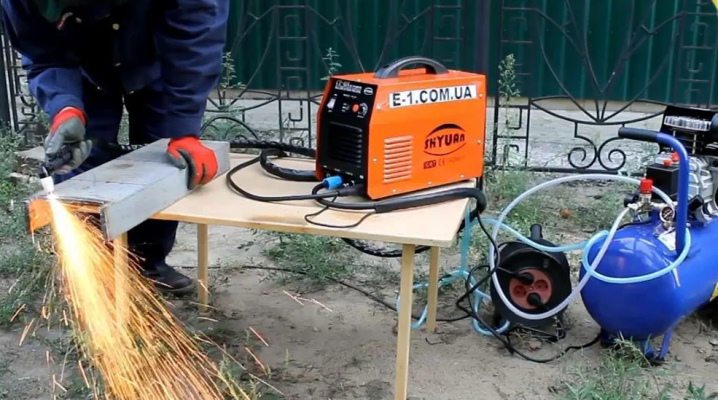
The content of the article
Do-it-yourself plasma cutter from an inverter
To make a plasma cutter with your own hands you will need:
- An old unnecessary inverter or some kind of transformer that acts as a source of electrical current. Buy a new inverter inappropriatebecause soAndIn the same way, you can buy a new plasma cutter.
- PlasmOthrone, aka a special cutter for cutting metalla using plasma. Without a special cutter, you cannot make a homemade plasma cutter, because it is in it that a plasma arc is formed from electric current and air supplied under pressure. Some hobbyists make their own plasmaOa throne made from an argon-arc welding torch, but it is better not to experiment, but to purchase a factory copy, because this is a key and structurally complex part of the plasma cutter.
- A compressor that will supply air under pressure into the plasma stream to cool it.The compressor should be able to create a pressure of 4-4.5 atmospheres, so you can use any one, even a homemade one. Almost any factory compressor is capable of creating a pressure of 6-8 atmospheres. The performance of the compressor will directly affect the thickness of the metal being processed. For example, for a thickness of 20 millimeters, the productivity should be at least 170 liters per minute. In order for the plasma cutter to work more stably, the compressor receiver must be at least 50 liters.
- Hoses and electrical cable. Hoses and cables are needed to form the technical design of the plasma cutter. For example, you need an electrical cable to supply electricity to the plasmaOthe throne and one more for the “mass”. You also need a thin cable to form a pilot arc. Hoses are needed to supply air to the plasmaOthrone. In some cases, cables and hoses are used as separate elements, that is, a separate air supply hose and a separate electrical cable. But you can purchase a ready-made factory cable hose, where the electrical wires are placed inside the hosenhectares through which air is supplied to the plasmaOthrone.
This is not to say that a plasma cutter is an indispensable thing at home. It makes sense to make a plasma cutter with your own hands when there is a large amount of work involved in cutting and cutting metal sheets. With small volumes of such work, a plasma cutter may not justify itself, because in the end it turns out to be an expensive product.
An inverter is most often chosen as a power source for a plasma cutter rather than a conventional transformer. This is due to the fact that the inverter is able to give plasma cutting a stable working process.The difference when working with a plasma cutter, where an inverter and a simple transformer are used as a power source, is the same as when working with welding, when an inverter and conventional welding are used as welding. Welders love the inverter because of its stable and smooth workflow. Plus, the inverter is capable of delivering high power despite its small size and weight. By the way, there is a pattern in plasma cutters: the more powerful the power source, the more powerful the plasma flow will be, which means it will be possible to cut thicker metal.
How to assemble a plasma cutter with your own hands from an inverter
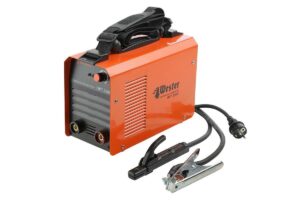
If you have the inverter, compressor, plasmaOthrone and bought a special cable hose, then assembling everything is as easy as shelling pears:
- Connect the air supply hose from the compressor to the inverter. Many inverters are equipped with this feature by default.
- Connect the cable hose to the inverter. Connect the plasma to the other side of the cable hoseOthrone.
- Connect the ground cable to the inverter.
Once your own plasma cutter has been assembled, you can begin testing and operating it. The essence of using a plasma cutter is similar to the essence of using welding:
- you need to connect the ground cable to the metal that you want to cut using plasma;
- you need to turn on the compressor so that it pumps up the receiver and is ready to produce the required pressure;
- turn on the inverter;
- bring the plasmaOthrone to the metal and press the start button on it.
After these simple manipulations, you will be able to fully work with a plasma cutter you made yourself. When the button is activated, the following happens on the plasma torch:
- when the inverter is turned on, electric current is supplied to the plasmatron;
- directly in the plasmatron itself, the current flows to a special electrode, on which an electric arc is formed with a temperature of 6-8 thousand degrees;
- after that, pressurized air is supplied to the plasmatron nozzle, which passes strictly through the electric arc;
- the electric arc heats and “charges” the air stream that exits through the plasma nozzleOthrone.
Thus it turns out that from plasmasOplasma comes out of the throne, which is essentially a “mixture” of air and an electric arc. The fact is that the temperature of this “mixture” at the outlet reaches 20-35 thousand degrees, which makes it possible to simply cut it when it comes into contact with metal.
Conclusion
Do-it-yourself plasma cutter from an inverter is a very real thing. The main principle when designing your own plasma cutter is to take care of your own safety. Therefore, it is better not to “make your own” completely, but to purchase a factory plasma torch with several spare nozzles, which very quickly fail. You also need to purchase a factory cable hose, which is also manufactured to all standards. The fact is that factory elements are able to withstand all potential loads thate will arise during the operation of the plasma cutter, and “homemade” products do not provide such a guarantee.

